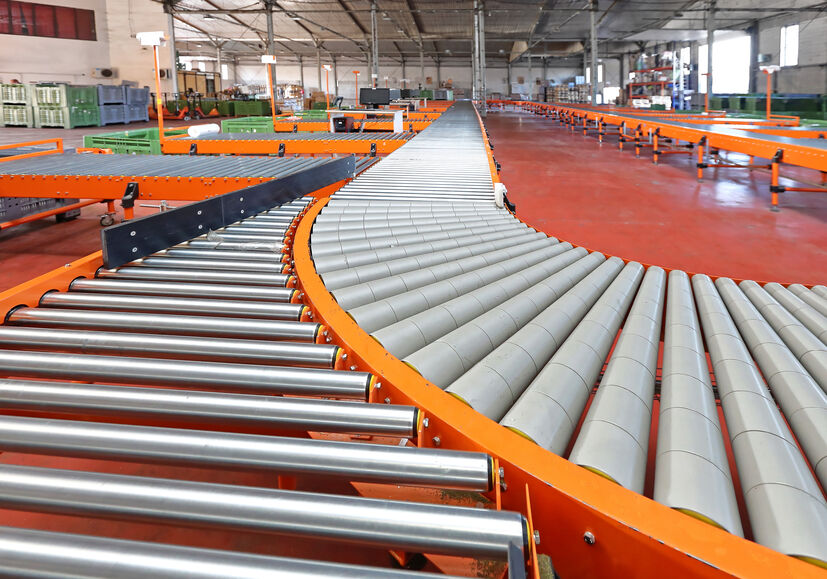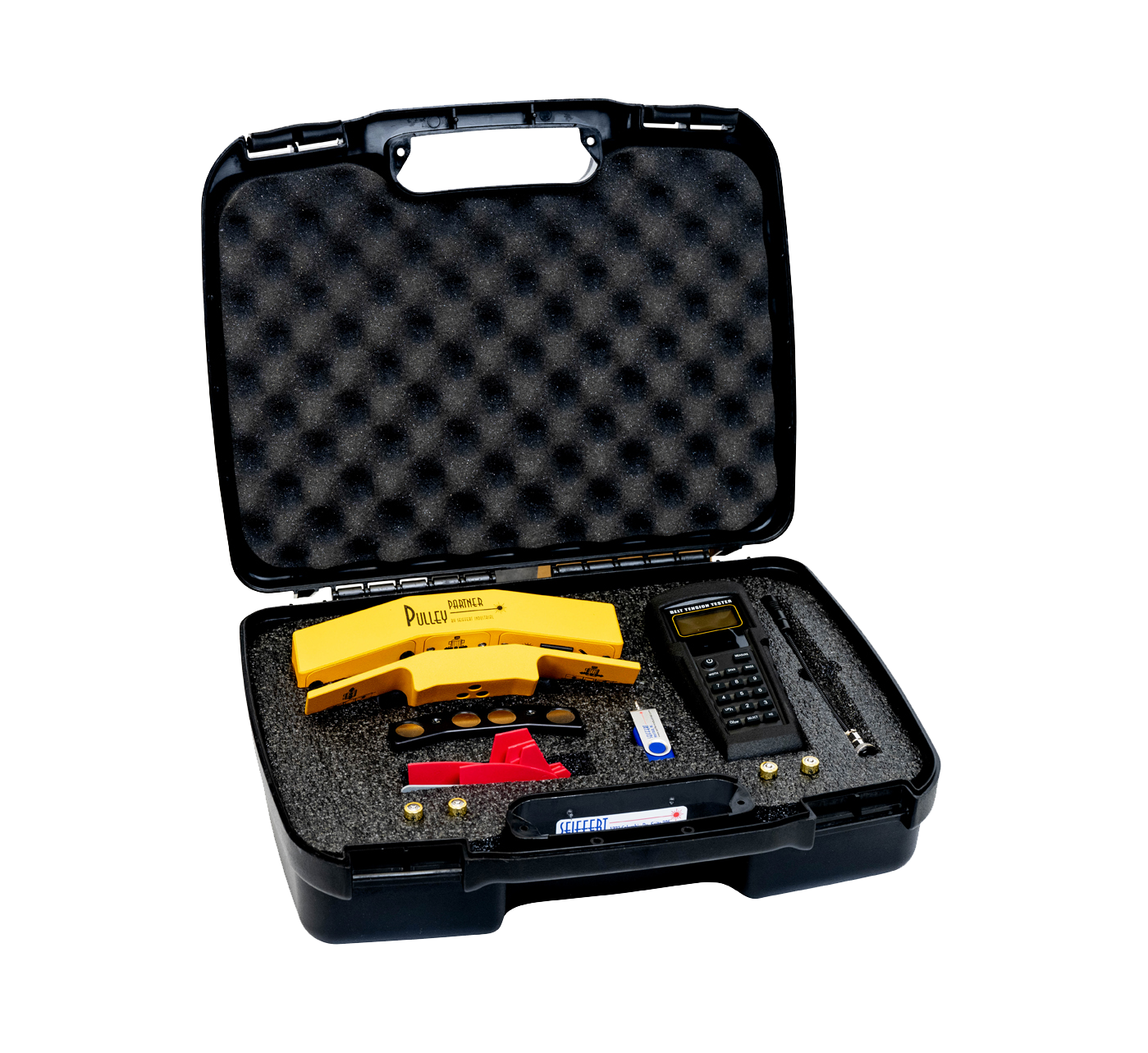
귀하의 컨베이어 벨트는 최근에 어떻게 지내고 있습니까?? 타이트닝 때문인가? 벨트는 본질적으로 컨베이어를 작동시키기 때문에 매우 중요합니다., 어느, 차례로, 제품을 이동. You want it to have proper tension and it’s a good idea to maintain your belt and/or inspect it every so often to ensure that it’s working well.
Proper Tension Is Key
기본적으로, with belts, you don’t want too much tension or too little tension. If you’ve got too much tension, expect to wear out things like bearings and shafts quicker. You might even experience a pulley break as well as tracking problems coupled with uneven belt wear. Now if your belt has too little tension, that can be a problem, 너무. Too little tension can cause a belt to slip. You can expect pulley lagging, bad belt tracking, and/or belt failure if you don’t adjust the tension.
이상적으로, a belt needs proper tension. What’s that? It’s the lowest tension that won’t cause the belt to slip yet is needed for the conveyor to run smoothly, the way you’d hope it would.
Things to Look Out For
Pay some attention to the tension of your conveyor belt to check it. Notice if it seems like the tension is somewhat “off.” If you notice the belt lacing, pulling apart, and/or edges are cupping or curling, then you need to reduce the tension. If the belt is becoming discolored and/or making a squealing noise, then you need to tighten it up.
If you need to tension a belt, make sure your conveyor is empty of products. Then tension the belt until it doesn’t slip. Add product gradually, checking to see how the heaviest load moves– and if the belt isn’t slipping, that’s great.
일반적으로, you should perform routine inspections of your conveyor belt system. Keep your belt clean. And don’t exceed the belt’s overall weight capacity if you want it to work well over time.
If you would like to learn how laser alignment tools can help keep your conveyor belt running smoothly, 오늘 Seiffert 산업 문의.

